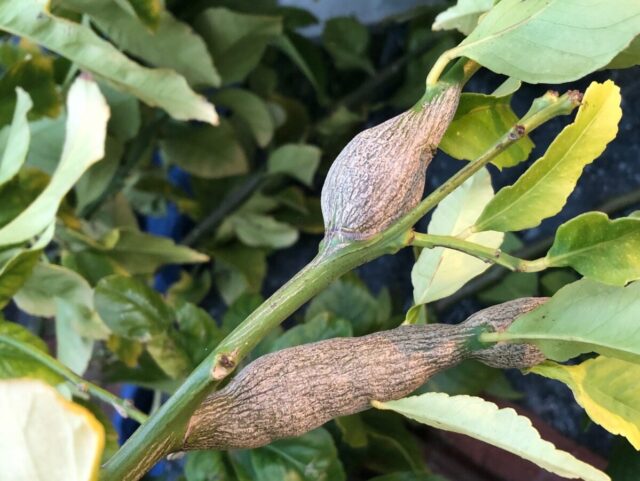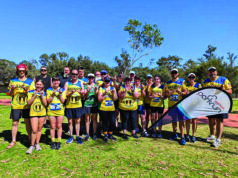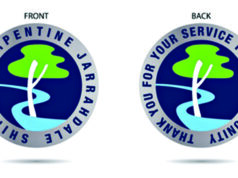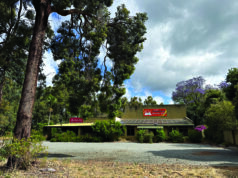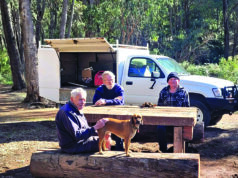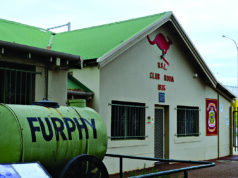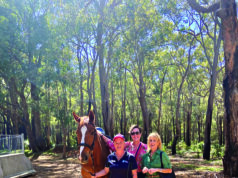Val Gilbert returned to her Willetton home after a 10-week trip and noticed something odd about her lemon tree.
“The tree had dropped some fruit and the swelling in the branches was obvious,” she said.
It didn’t take long to confirm the culprit… citrus gall wasp, a tiny pest that’s quietly spreading across Perth gardens and worrying local residents.
“We’ve had to cut back 20 percent of the tree and lost about 30 lemons,” Val said. “We also found gall wasp on an orange tree we planted before we left.”
Val had to search online to figure out what was stressing her tree. Once she knew what to look for, the signs were clear. “It was easy to find information, but I don’t know if enough people are aware. Everyone with infected trees needs to act quickly to break the cycle.”
She said she hadn’t seen any government information about the pest and thinks more support is needed. “If we’ve lost this much already, imagine the impact it could have on orchards. That would affect fruit prices and availability.”
Other gardeners across Willetton and Southern River have noticed similar problems. “Pruned my lemon. Had several infested branches,” one person commented on social media. “Prune now before the wasps emerge in spring.”
Another added, “Some people just don’t seem to care about the spread.”
While citrus gall wasp doesn’t fly far, it spreads easily between nearby trees, helped by the wind, potted plants or pruning waste. The pest creates galls, swollen lumps along branches, which stop water and nutrients from flowing properly through the tree. Over time, it reduces fruit size and weakens the tree.
A spokesperson for the Department of Primary Industries and Regional Development (DPIRD) confirmed the pest is now well established in most Perth suburbs. “It should be managed like other common pests such as Mediterranean fruit fly, aphids and scales,” they said.
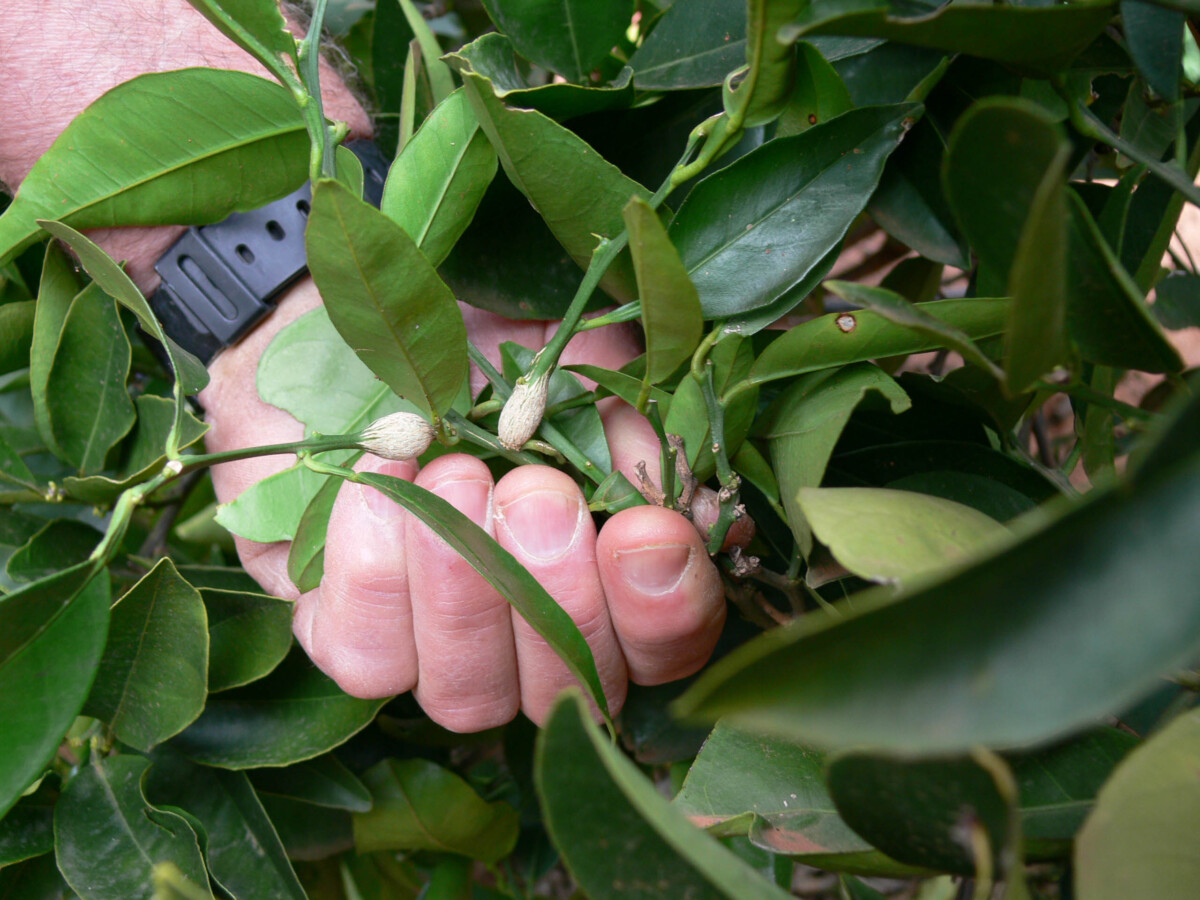
The wasps lay eggs from September to December, with galls becoming visible from February onwards. “The best time to prune new galls is from February through to June,” DPIRD said.
From July onwards, pruned material should be treated before disposal to stop larvae from surviving. That can be done by sealing the cuttings in a plastic bag and leaving it in the sun for four weeks, or by shredding or mulching the waste.

DPIRD also reminded gardeners to regularly check their trees and visit their website for guides on identifying and managing the pest.
WA Citrus, the state’s peak industry body, warned that unmanaged infestations in backyards could threaten WA’s commercial orchards.
“Citrus gall wasp is a major concern in eastern states and is not yet present in WA’s commercial orchards, but it’s getting closer,” a WA Citrus spokesperson said. “It spreads through the wind and through the movement of infested potted plants and branches.”
If the pest reaches orchard regions, growers could face higher costs, lower fruit yields, and damage to tree structure caused by repeated pruning.
WA Citrus said it had already sent thousands of awareness flyers to regional towns and partnered with DPIRD and Citrus Australia to run community education campaigns. It also called on home gardeners to work together and avoid moving infested trees into new areas.
“We recommend understanding the lifecycle of the pest and removing galls as early as possible,” the spokesperson told the Examiner Newspapers. “Work with your neighbours to keep wasp numbers low. Don’t move infested potted citrus into other areas, and monitor any new trees carefully; signs of infestation may not appear for months. In spring, home gardeners can also apply Kaolinite sprays, which help deter egg-laying female wasps.”
While DPIRD leads pest management in WA, local councils are often the first point of contact for residents. The City of Canning said it had not received any formal reports but encouraged residents to refer to DPIRD’s guidance. “The City is not currently undertaking any specific programs or awareness campaigns related to this pest,” Mayor Hall said.
The City of Gosnells also directed residents to DPIRD for advice, saying it has the most accurate and up-to-date source of information.
Val hopes more people take the pest seriously. “It’s not hard to spot once you know what to look for. The earlier you act, the better.”


